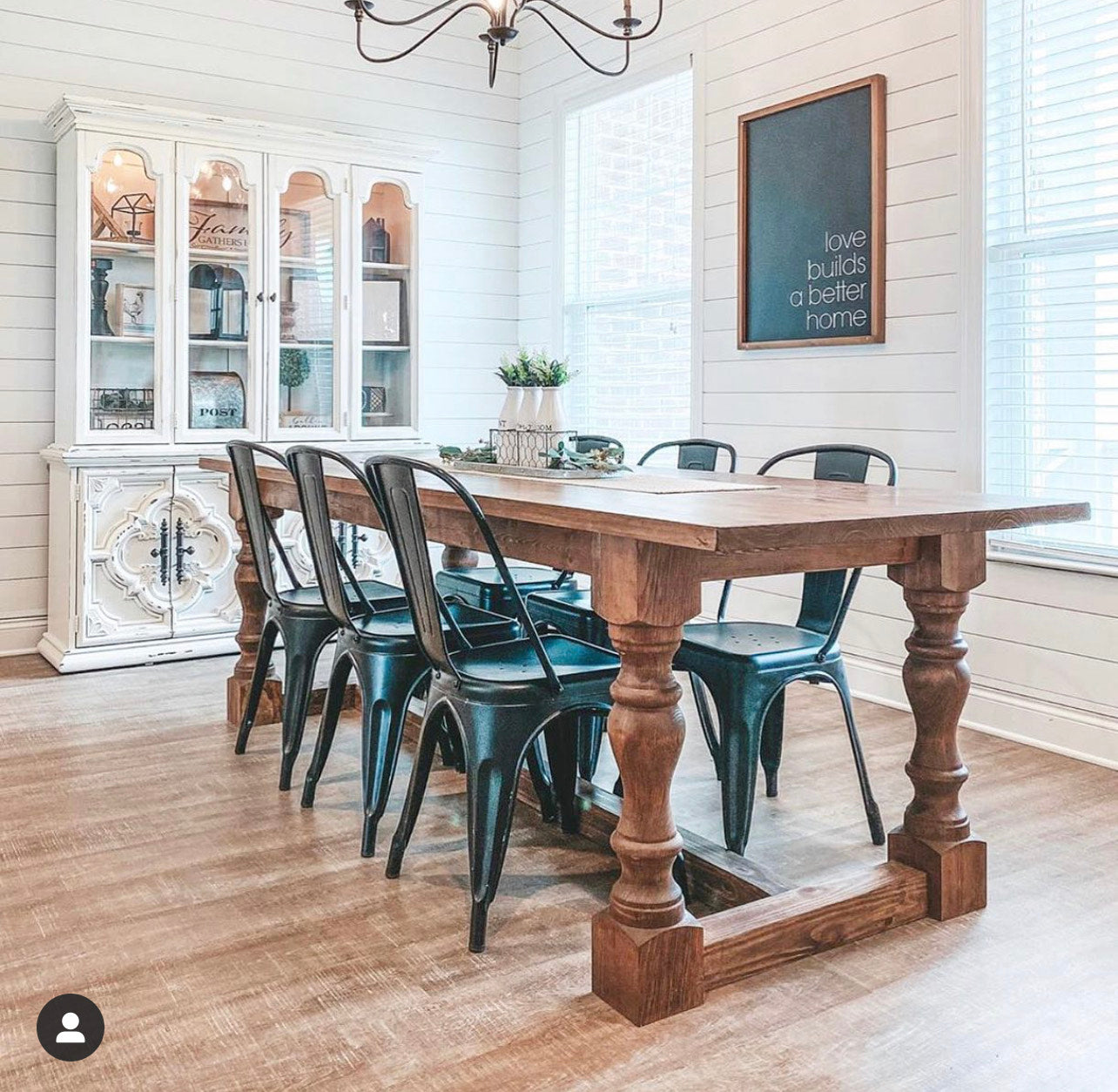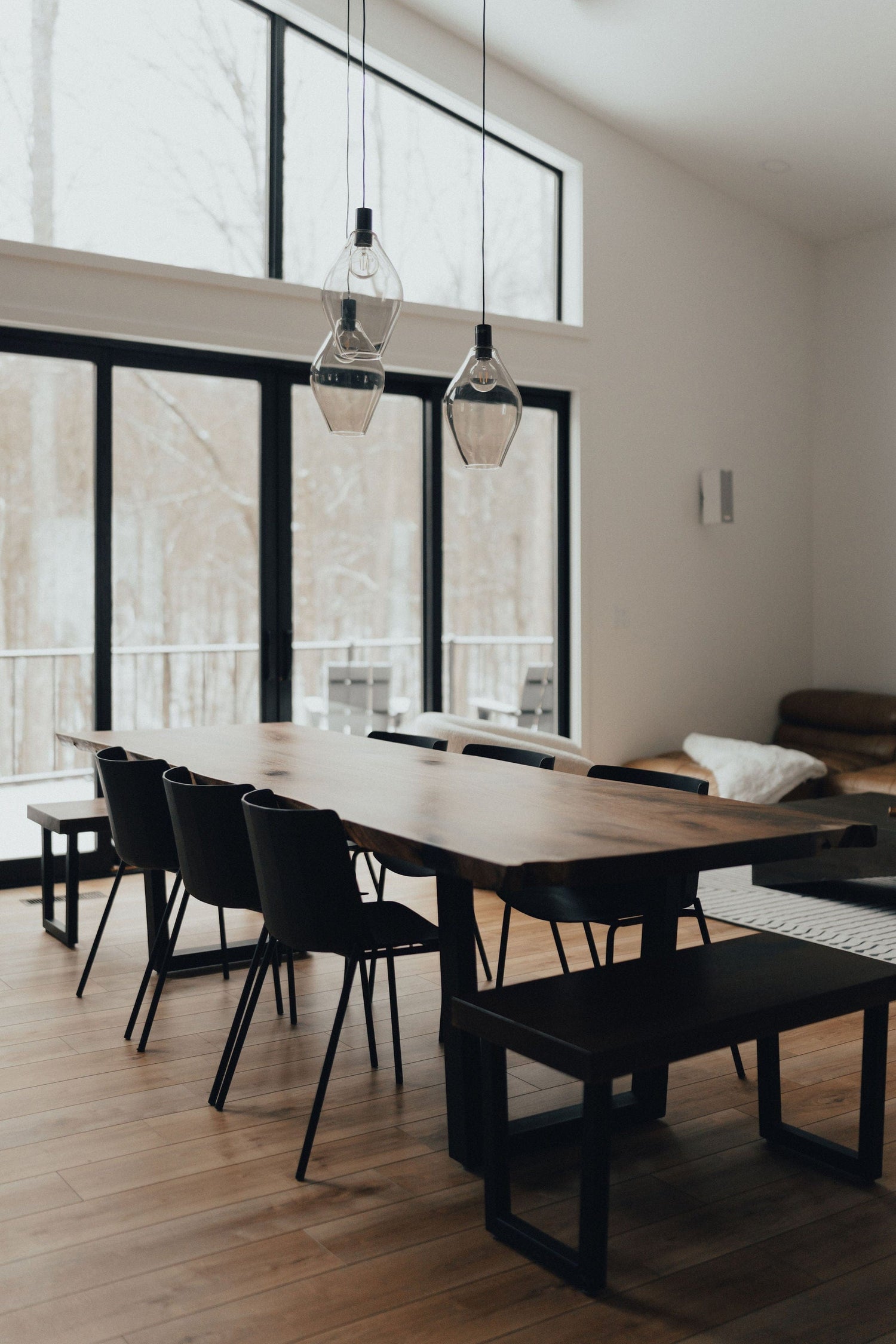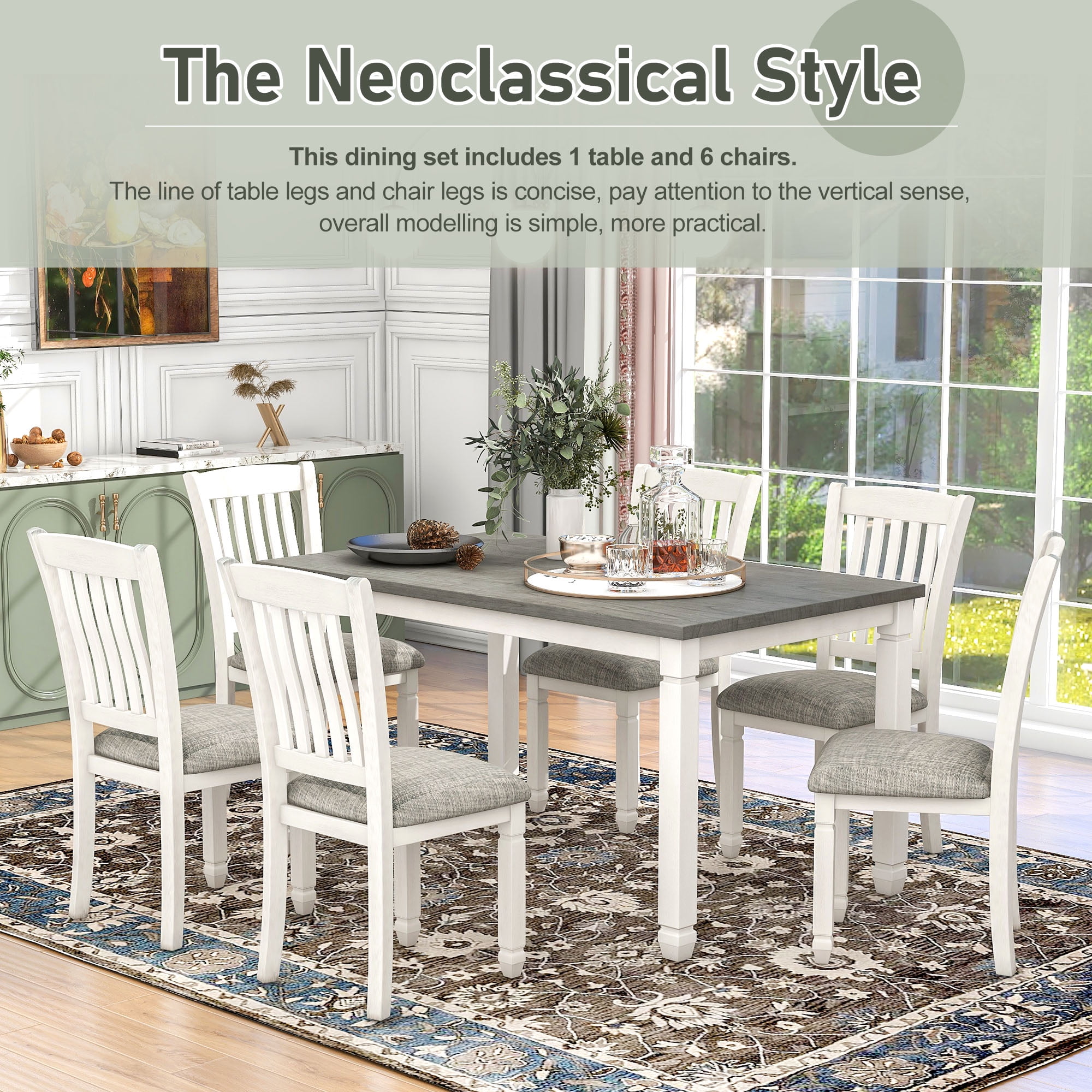Just How to Select the Perfect Dining Room Table Legs for Your Home Decoration
Selecting the perfect dining area table legs is a nuanced procedure that needs cautious consideration of various elements, including your room restraints, visual preferences, and practical demands. The interaction between dimensions, designs, and materials can significantly affect the ambiance of your dining location, making it necessary to approach this choice carefully.
Assess Your Dining Space
Evaluating your eating space is critical for choosing the right table legs that match both appearances and performance. Begin by determining the measurements of your dining location, consisting of ceiling height, flooring space, and closeness to other furnishings. This details will certainly assist identify the ideal size and height of your eating table, which directly influences the selection of table legs.
Next, think about the design and layout of your dining room. An open-concept style might profit from table legs that offer visual agility, such as slim steel or acrylic options. On the other hand, a much more typical setting might require strong wood legs that give a sense of permanence.
Review the existing shade scheme and products in your eating area. Harmonizing the table legs with these elements develops a cohesive look that enhances the total style.
Inevitably, a detailed analysis of your eating area will guide you in making an educated choice, making sure that your table legs not only enhance the aesthetic allure however also offer sensible functions.
Consider Your Style Preferences
When choosing eating space table legs, it is vital to review your individual design preferences, as they significantly affect the general aesthetic of your eating area. Your choice of table legs can either enhance or contrast with existing décor, making it crucial to straighten them with your preferred interior decoration theme.
If your home leans in the direction of a contemporary aesthetic, take into consideration sleek steel or minimalist wood legs that offer a clean, clean look. For a much more conventional strategy, elaborate wood legs with complex makings can add a touch of style and class. Industrial designs gain from durable, basic materials such as redeemed wood and steel mixes, showing a sturdy charm.
In addition, farmhouse and rustic styles commonly favor strong, beefy legs that evoke a feeling of heat and comfort. Alternatively, if your décor is diverse, you could choose unique shapes or a mix of materials to produce aesthetic interest.

Evaluate Product Options
The selection of product for eating area table legs plays an essential duty in both resilience and aesthetic charm. Typical products consist of timber, steel, and composite alternatives, each offering distinctive features that can affect the overall look and longevity of your table.
Wood is a classic choice, known for its warmth and versatility. Hardwoods like oak and walnut provide extraordinary stamina and can be completed in different stains to match any decor. However, softwoods like pine are more prone to scrapes and dents, making them less perfect for high-traffic areas.
Metal legs, often crafted from steel or light weight aluminum, emanate modernity and commercial appeal. They are highly sturdy and immune to use, making them suitable for families with youngsters or regular gatherings (dining room table legs). In addition, steel can be finished in numerous shades, enhancing the modification opportunities
Composite materials, such as MDF or laminate, deal affordability and varied styles. While generally much less long lasting than solid timber or metal, they can still give a trendy look and are commonly easy to keep.
Eventually, the product you select need to line up with your lifestyle, visual choices, and the level of usage your dining table will certainly experience.
Determine Height and Dimension
Selecting the proper height and size for your dining-room table is vital for both functionality and comfort. The standard height for dining tables normally ranges from 28 to 30 inches, enabling ample legroom for a lot of people when seated. It is crucial to take into consideration the dimensions of your eating room and the types of chairs you prepare to make use of.

Furthermore, consider the proportions of your dining-room. A larger table in a spacious area can create a grand ambiance, while a smaller table functions well in even more intimate setups. Inevitably, the appropriate elevation and dimension will balance with your general design and enhance the dining experience for you and your visitors.
Explore Modification Opportunities

Additionally, the layout of the legs can be personalized to fit various designs, such as rustic, contemporary, or industrial. For circumstances, tapered legs can stimulate a mid-century contemporary feeling, while chunky, block-style legs might reverberate with traditional or farmhouse style.
Homeowners can likewise explore shade finishes, from natural timber spots to repaint, enabling them to match or comparison with the tabletop and surrounding style.
Furthermore, leg elevation visit can be adapted to suit specific seating setups or individual preferences, enhancing both comfort and capability.
Lastly, special embellishments, such as carvings or attractive braces, can even more individualize the table legs, making the dining experience not just a dish yet a statement piece in the home. By thinking about these modification options, home owners can create a dining area table that truly reflects their uniqueness.
Verdict
Picking the perfect dining-room table legs calls for careful consideration of different elements, including the measurements of the eating room, design choices, material resilience, and preferred height. Personalization alternatives better boost the ability to achieve a cohesive aesthetic that complements the overall design. By systematically assessing these aspects, house owners can make sure that the selected table legs not just meet practical demands however likewise contribute positively to the dining experience and ambiance of the home.
Selecting the ideal eating area table legs is a nuanced procedure that needs cautious consideration of various elements, including your space restraints, visual choices, and useful needs.Assessing your eating room is vital for choosing the right table legs that match both aesthetic appeals and functionality.When determining dimension, gauge the area where the table will be positioned to guarantee it fits Get the facts conveniently, allowing for at the very least 36 inches of clearance around the table for simple movement. A bigger why not find out more table in a large area can develop a grand atmosphere, while a smaller table functions well in even more intimate settings.Picking the optimal dining area table legs needs careful factor to consider of various variables, consisting of the dimensions of the eating space, design preferences, product sturdiness, and desired elevation.
Comments on “Dining Room Table Legs: A Guide to Selecting the Right Style for Your Home”